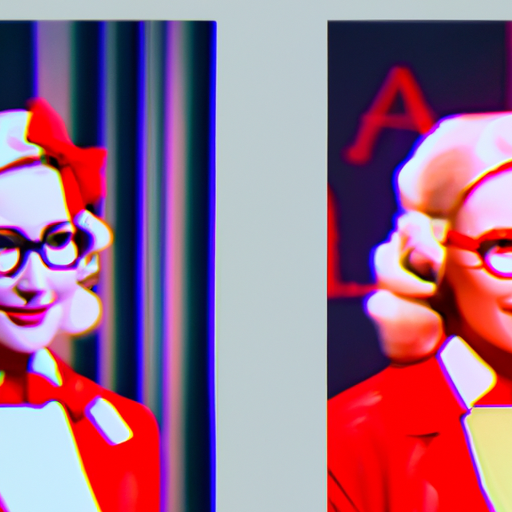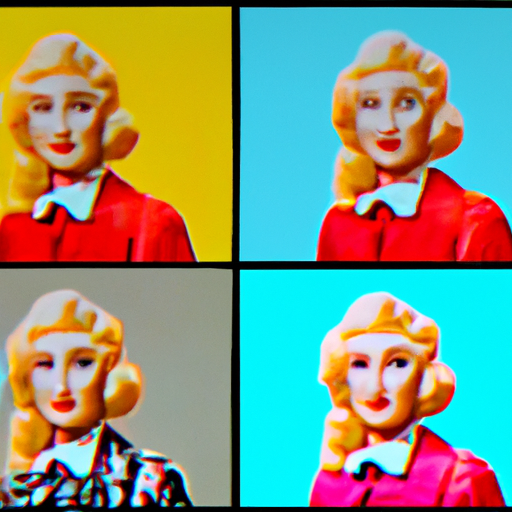
-
Table of Contents
The Role of AI in Art Creation and Design

Artificial Intelligence (AI) has revolutionized various industries, and the world of art creation and design is no exception. With advancements in machine learning and deep learning algorithms, AI has become a powerful tool for artists and designers, enabling them to push the boundaries of creativity and explore new possibilities. In this article, we will delve into the role of AI in art creation and design, exploring its impact on the creative process, the challenges it presents, and the potential it holds for the future.
The Creative Process Enhanced by AI
AI has the ability to analyze vast amounts of data and generate insights that can inspire and inform the creative process. By analyzing patterns, trends, and preferences, AI algorithms can provide artists and designers with valuable information that can guide their decision-making. For example, AI can analyze data from social media platforms to identify emerging trends in art and design, helping artists stay ahead of the curve.
Furthermore, AI can assist in the ideation phase of the creative process. By generating a wide range of ideas based on predefined parameters, AI algorithms can help artists and designers explore new concepts and possibilities. This can be particularly useful when facing creative blocks or when seeking fresh perspectives.
One notable example of AI enhancing the creative process is the collaboration between artist Mario Klingemann and Google’s Arts and Culture Lab. Klingemann used AI algorithms to create a series of mesmerizing artworks by training neural networks to generate new images based on existing ones. The AI system learned from a vast dataset of historical artworks and produced unique pieces that captured the essence of different artistic styles.
AI as a Tool for Design Assistance
In addition to enhancing the creative process, AI can also serve as a valuable tool for design assistance. Designers often face the challenge of creating aesthetically pleasing and functional designs that meet the needs of their clients or target audience. AI can help designers overcome these challenges by providing automated design suggestions and optimizations.
For instance, AI-powered design tools can analyze user preferences and generate personalized design recommendations. These tools can take into account factors such as color palettes, typography, and layout preferences to create designs that resonate with individual users. This level of personalization can significantly enhance the user experience and increase engagement.
Moreover, AI can assist in automating repetitive design tasks, allowing designers to focus on more creative and strategic aspects of their work. For example, AI algorithms can generate multiple design variations based on a given input, saving designers time and effort. This enables designers to explore a wider range of design options and iterate more quickly.
AI and the Future of Art
The integration of AI into the art world has sparked debates about the role of machines in the creative process and the future of human artists. While some argue that AI will replace human artists, others believe that it will serve as a tool for collaboration and inspiration.
One example of AI’s impact on the art world is the creation of “Portrait of Edmond de Belamy” by the art collective Obvious. The artwork, generated using a generative adversarial network (GAN), sold for $432,500 at an auction in 2018. This event sparked discussions about the value of AI-generated art and the role of human artists in the creation process.
However, it is important to note that AI is not a substitute for human creativity. While AI algorithms can generate impressive artworks, they lack the emotional depth and subjective interpretation that human artists bring to their creations. AI can be seen as a tool that expands the creative possibilities for artists, rather than a replacement for their unique perspectives and experiences.
Furthermore, AI can democratize the art world by providing opportunities for artists who may not have access to traditional art education or resources. AI-powered platforms and tools can enable artists from diverse backgrounds to showcase their work and reach a global audience. This can lead to a more inclusive and diverse art community.
Challenges and Ethical Considerations
While AI offers numerous benefits to the art creation and design process, it also presents challenges and ethical considerations that need to be addressed. One of the main concerns is the issue of intellectual property. When AI algorithms generate artworks, questions arise regarding the ownership and copyright of these creations. Who owns the rights to an AI-generated artwork: the artist, the programmer, or the AI system itself?
Another challenge is the potential bias in AI algorithms. AI systems learn from existing data, which may contain biases and prejudices. If these biases are not addressed, AI-generated artworks and designs may perpetuate existing inequalities and stereotypes. It is crucial to ensure that AI algorithms are trained on diverse and representative datasets to avoid reinforcing biases.
Additionally, the use of AI in art creation and design raises questions about the authenticity and originality of artworks. Can AI-generated art be considered original, or is it merely a replication of existing styles and techniques? These questions challenge our traditional notions of creativity and artistic expression.
Conclusion
AI has undoubtedly transformed the art creation and design landscape, offering new possibilities and challenges. By enhancing the creative process, serving as a tool for design assistance, and shaping the future of art, AI has become an integral part of the artistic journey. However, it is essential to navigate the ethical considerations and ensure that AI is used responsibly and inclusively. As AI continues to evolve, it will be fascinating to witness its impact on the art world and the ongoing collaboration between human artists and intelligent machines.
